Used versions of Tesla’s Model 3 electric vehicle (EV) have lost around £5,000 in value in two months as the supply and demand balance of zero-emissions cars puts pre-owned prices to the test.
In his latest mid-month used car market update interview with AM Cap HPI director of valuations Derren Martin said November looks set to deliver the second lowest level of depreciation on record, with values currently down just 0.6% month-to-date at three years and 60,000 miles, compared to historic declines of around 2.5%.
Tesla’s Model 3 leads a trend in faltering EV values, however, with a decline of 6% coming on the back of last month’s 6% dip, which Martin said was equivalent to around £2,500.
The trend is echoes across the sector with EVs the most depreciating area of the market with an average decline of 2.5% five times greater than their petrol and diesel powered equivalents.
Martin said that among the other faltering EV models are the Audi etron, BMW i3 and Renault Zoe, which are all down by 4% month-to-date, and the Tesla Model X (down 3%).
 “There are a few things at play here,” said Martin. “Firstly, there aren’t many cheap EVs available and buyers are being impacted by a cost-of-living crisis and there’s also the effect of OEMs prioritising the production of EVs.
“There are a few things at play here,” said Martin. “Firstly, there aren’t many cheap EVs available and buyers are being impacted by a cost-of-living crisis and there’s also the effect of OEMs prioritising the production of EVs.
“Volumes are ramping up and that is shifting that balance of supply and demand that has been keeping used car values high.
“There are some good offers out there for new EVs – some good incentives to try and help customers make the switch – and that is impacting their appeal in the used market.”
EVs remain ‘aspirational’
Martin added: “I’d also say that EVs remain an aspirational purchase for many at a time when household incomes are coming under pressure.”
Last week Alex Buttle, the co-founder of used car marketplace Motorway, described used EVs as “the hottest ticket in town” after Society of Motor Manufacturers and Traders (SMMT) data showed that used EV sales rose 44.1% in Q3 (to 16,775) as the wider market declined 12.2%.
But Martin suggested that the pressures on household incomes – which include a rising cost of borrowing due to a newly-increased 3% interest rate, and the prospect of further energy price rises in 2023 – could be impacting used customers’ enthusiasm for the switch to zero emissions transport.
Martin agreed that many buyers facing tough times would be more likely to turn to the “tired and tested” route of diesel and petrol used cars.
“Consumers are feeling the squeeze and that is sure to impact the sector to some degree,” said Martin.
“So far we haven’t really had the cold weather that would make the impact of higher energy costs bite and I’d imagine most people have yet to see a change to their fixed rate mortageges.
“Do I foresee people getting online on Boxing Day this year to start the New Year with a new car purchase as we have done in the past – in reality no.”
'Very stable’ into 2023
But Martin said that only March and April (both down by 2.1%) had delivered a decline in used car prices over 1% (at three years, 60,000 miles) so far this year and he expects car retailers to benefit from strong margins for some time to come.
“The supply still isn’t there,” Martin said. “We’ve lost two million cars from the sector in recent times and those aren’t going to come back. There’s no great volume of stock waiting to come into the sector. The upside of that is that the market remains very stable from a value point of view.
“What will happen in the new year? I expect as supply starts to return we’ll see those cars that are over or near the new list price come down in price – that’s just not sustainable.
“More generally, prices look set to stay strong for some time to come.”

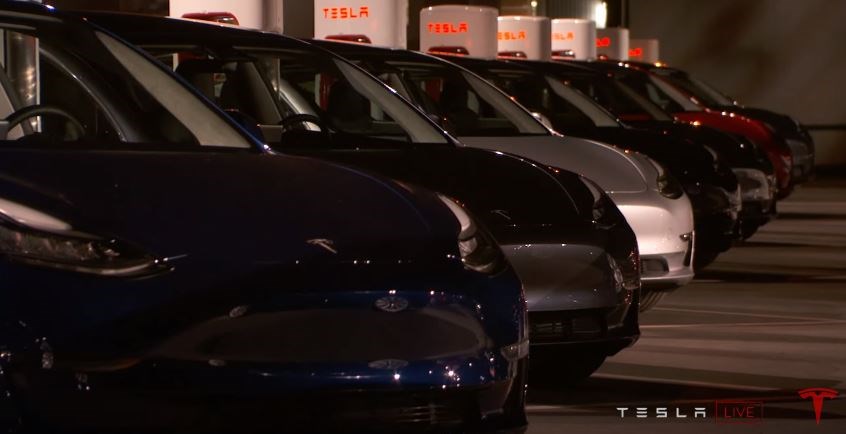
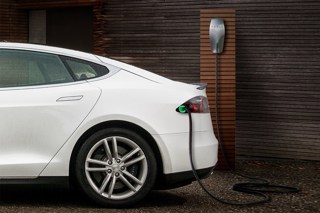

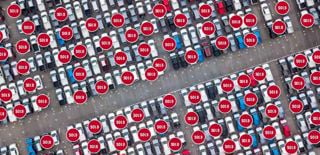





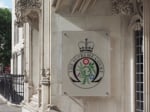





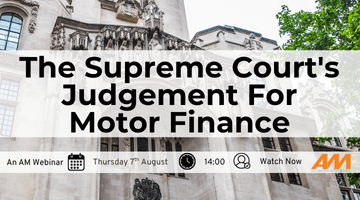



Login to comment
Comments
No comments have been made yet.